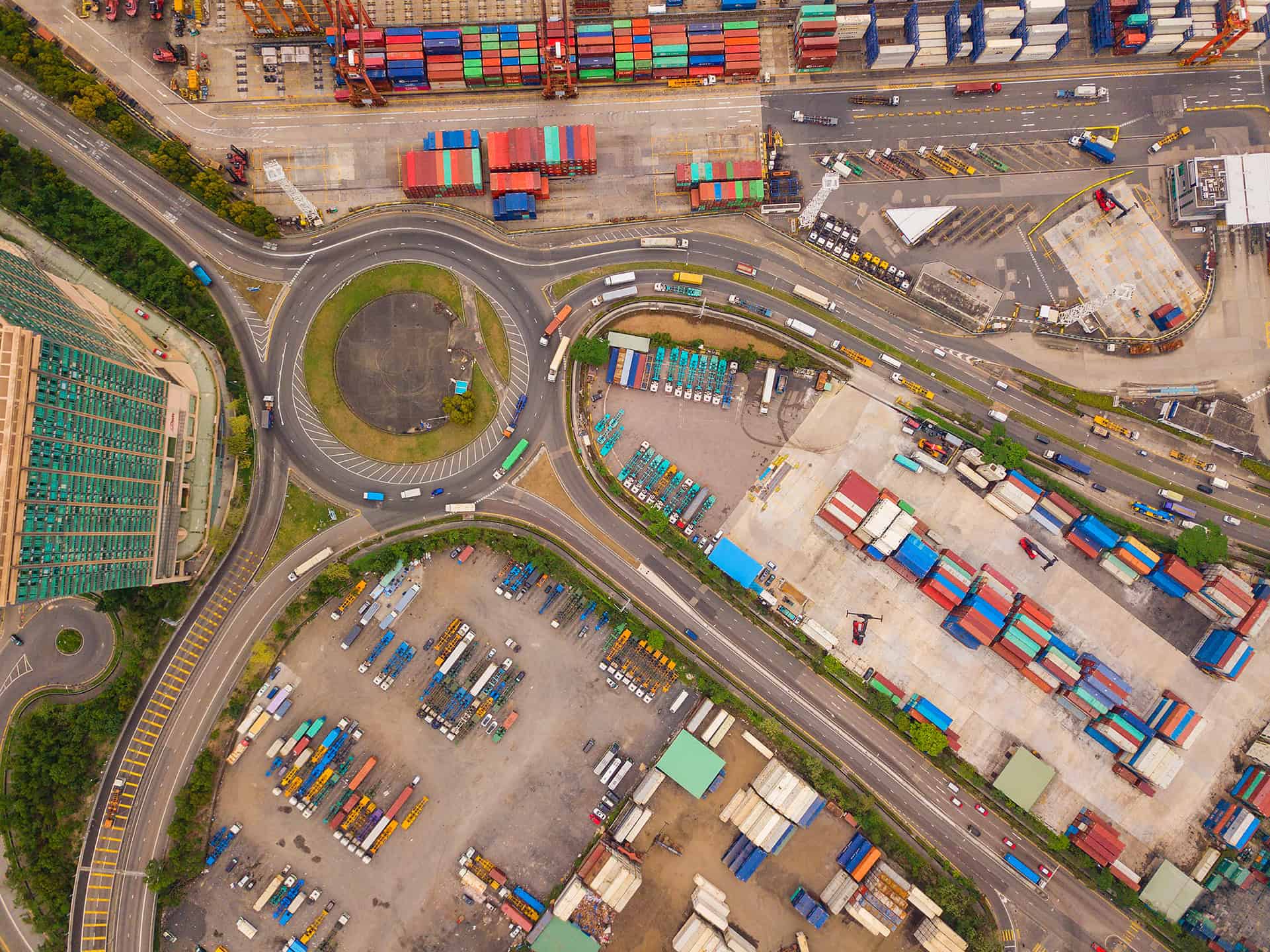
Supply chains are the lifeblood of modern businesses, ensuring the smooth flow of goods and services from manufacturers to end consumers. However, events like the Baltimore Port Bridge collapse and the Taiwan earthquake have underscored the vulnerability of these intricate networks. As supply chain leaders, we must learn from these disruptions and proactively address their impact.
When disaster strikes the supply chain, the first questions are always: “Are we affected?” and “What’s the impact?” We recently contacted clients and prospects, posing these critical supply questions. Did shipments fall with the ill-fated Baltimore bridge, or were containers stranded at sea due to the port closure? What was in them? Similarly, did the recent 7.2 magnitude earthquake in Taiwan impact semiconductor supply commitments and create supply shortages? Do we need to find alternate semiconductor suppliers?
Many supply chain leaders acknowledged the widespread impact of these events, but only a handful had the data, connected suppliers, and the end-to-end visibility necessary to provide granular details. Disruptions like these create so many questions that need answers. Here are some that we heard about from our customers.
Were your suppliers impacted, and if so, to what extent?
To assess the impact on the brand owners’ suppliers, they can utilize e2open’s supply chain mapping, conduct surveys for self-impact assessment, and engage in ad hoc discussion forums. These tools enable companies to view the situation comprehensively, understand the extent of the impact, and strategize accordingly. Geographic supplier mapping provides further insights into supplier and sourcing diversity, allowing brand owners to make more informed decisions during and after the supply disruption.
Will this cause supply shortages for your existing customer commitments?
To identify potential supply shortages, brand owners can engage in multi-tier inventory collaboration, which aids in detecting inventory gaps early on. E2open Supply Inventory Collaboration allows brand owners to identify multi-tier supply shortages and promptly involve the appropriate parties to address them before they affect production.
How quickly can you remedy any supply shortages that result from this disruption?
To remedy any shortages that arise from the disruption, brand owners can strategically collaborate with all parties to implement multi-tier shortage resolution workflows. These workflows help manage inventory gaps effectively, thereby preventing production halts and reducing the risk of downtime. By preempting known gaps, optimizing supply line management, and efficiently reallocating inventory, brand owners can raise supply assurance and maintain their commitment to customers during this supply disruption.
What other suppliers could step in to help you during this disruption?
To ensure continuity in their supply chain, brand owners should delve into their entire supply ecosystem, which includes a thorough analysis of sub-tier suppliers. This comprehensive understanding allows companies to pinpoint alternate suppliers already within the e2open network and onboard new ones swiftly. E2open Supply Network Discovery helps brand owners to better understand their sub-tier suppliers through structured engagement and due diligence. With a pre-vetted list of potential suppliers, disruption to operations can be minimized by activating alternative sources to engage.
How are you collaborating with all affected parties to resolve this disruption?
Effective collaboration results from establishing ad hoc discussion forums and dedicated ‘resolution rooms.’ E2open Connected Supply is a central hub for strategic disruption assessment, allowing all parties involved to convene, share critical information, and devise comprehensive resolutions to the challenges. This collaborative approach helps every stakeholder have a voice in decision-making, fostering a united front to navigate the disruption.
Do you have the details necessary to provide a complete insurance claim?
Supply chain incidents have financial implications beyond just operational disruptions. Insurance claims require accurate and detailed information, and companies seeking this data risk a delayed payout or even a claim denial. Imagine a scenario where critical data about lost inventory, damaged goods, or delayed shipments is lacking or insufficient. The clock ticks, and financial losses mount. However, companies that can quickly access relevant information, enabling prompt claim submissions, are more likely to be compensated faster than companies that require extra time to collect the necessary details.
The Connected Supply Advantage
Through our informal survey, it was clear that brand owners using e2open Supply application family were better equipped to answer critical supply questions and proactively manage these supply disruptions. What seemed like an impossible ask—knowing precisely which orders and shipments were affected, how delays translated to in-transit goods, and the implications for customer commitments and revenue— was not only feasible but obtainable. Armed with the data and a deeper understanding of their sub-tier suppliers, communication with executives was transparent and facilitated a highly strategic remediation path.
Visibility and collaboration are key factors in turning disruptions into a supply chain advantage. All brand owners are having the same issues. However, the ones that are successful at preventing far-reaching impacts from these disruptions carry a distinct advantage over those operating in a fog of panic.
When the next disruption occurs, will your organization scramble or stand ready? The choice lies in leveraging technology, fostering collaboration, and prioritizing data accuracy. Supply chain resilience isn’t about avoiding disruptions but thriving despite them. With e2open, your supply chain becomes agile, adaptive, and ready for whatever comes next. Reach out to us today to learn how we can turn your supply chain disruption into a strategic advantage.
Additional Resources:
View our recent ebook, Three Keys to Parts Shortage Management, and learn how collaborative execution strategies can help optimize critical parts shortages management.

Author
Jeff Eckel
As Director of Product Marketing for e2open, Jeff Eckel is focused on solutions that help clients collaborate across all tiers of supply and manufacturing. With over 20 years of experience in supply chain business intelligence, Jeff has a deep understanding of supply chain management business processes. He specializes in translating complex business challenges into an end-to-end understanding of tangible business value. In his career, Jeff has held a variety of roles including product marketing, product management, solution consulting, and professional services. He is located in Austin, TX, and enjoys spending time with his kids outside of work.




